Stepping into a James Gray film usually means wandering through the gritty streets of New York, but in Ad Astra, Gray catapults us into the vast, lonely expanse of space—and the result is breathtakingly different. To borrow a line from 2001: A Space Odyssey, this isn’t just another starship adventure; it’s a deeply introspective journey where the outer universe mirrors the hero’s inner turmoil.
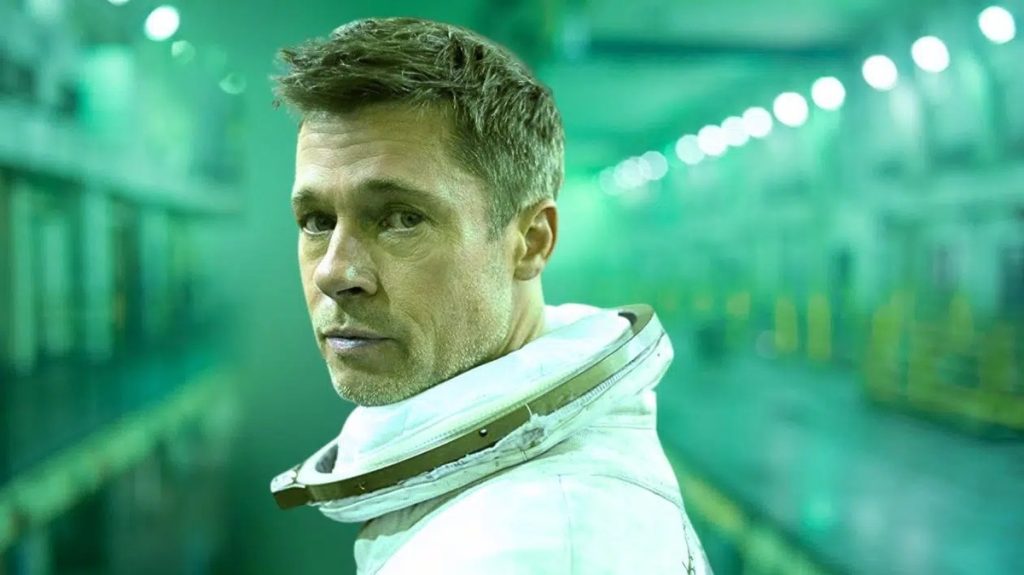
Apocalypse Future
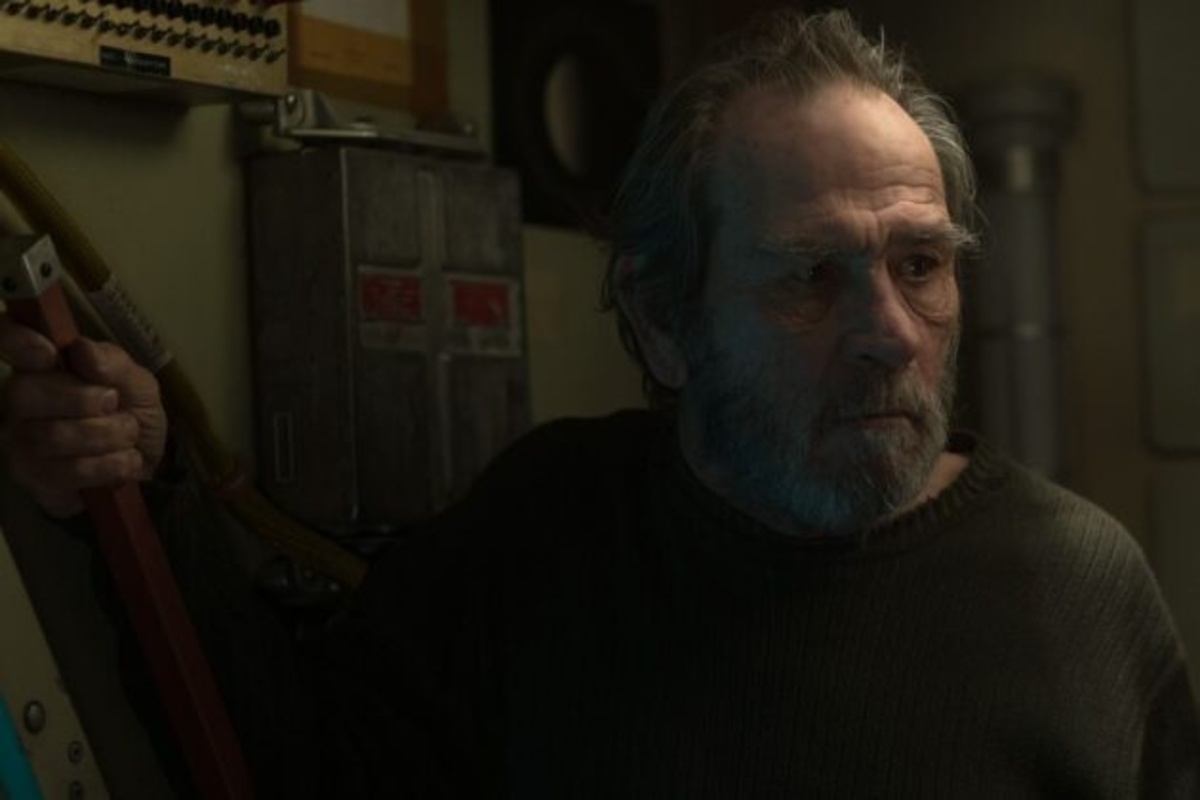
The moment Ad Astra was announced, its lofty ambitions were clear: Gray described it as a mash-up of 2001, Blade Runner, Metropolis, and Apocalypse Now, and after watching, it’s Coppola’s Vietnam epic that resonates most strongly (alongside the existential ripples of Solaris). Brad Pitt’s Roy McBride is essentially Captain Willard in a spacesuit—navigating a treacherous river that winds from Mercury to Neptune. Along the way, he squints through the porthole at raging space pirates, survives some of cinema’s wildest zero-G chases, and confronts cosmic mysteries bigger than himself. And at journey’s end awaits a spectral Tommy Lee Jones as Roy’s missing father—an echo of Colonel Kurtz that cements the film’s homage to Apocalypse Now.
Dad Astra
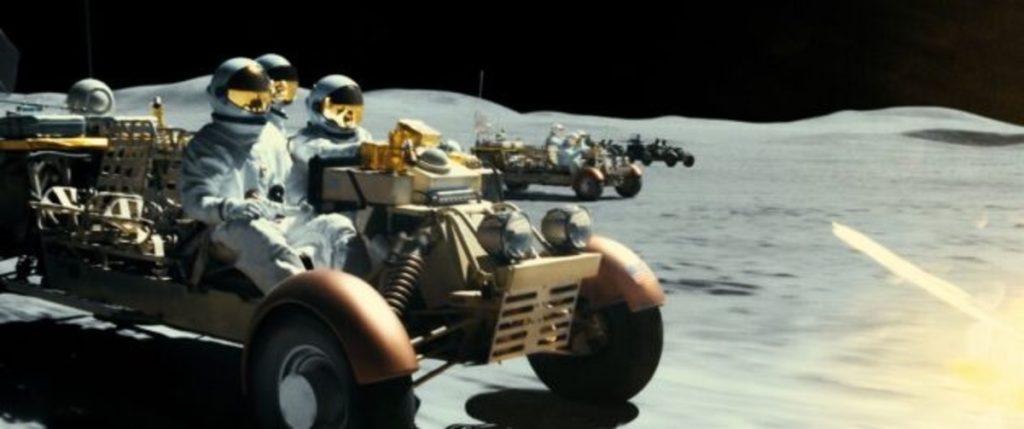
At its heart, Ad Astra is a father–son drama magnified by the cold vacuum of space. Gray has long explored paternal bonds, but here the setting elevates the theme into something metaphysical. Roy’s quest to find his elusive dad forces him to confront his own emotional void—whether it’s the wreckage of his personal relationships or the oppressive silence that surrounds him in the stars. Pitt’s soft-spoken voice-over, reminiscent of Terrence Malick’s Tree of Life, guides us through memory flashes and real-time encounters, weaving a narrative that feels dreamlike and at times disorienting. It’s a bold choice that may test some viewers’ patience but brilliantly underscores the film’s philosophical core.
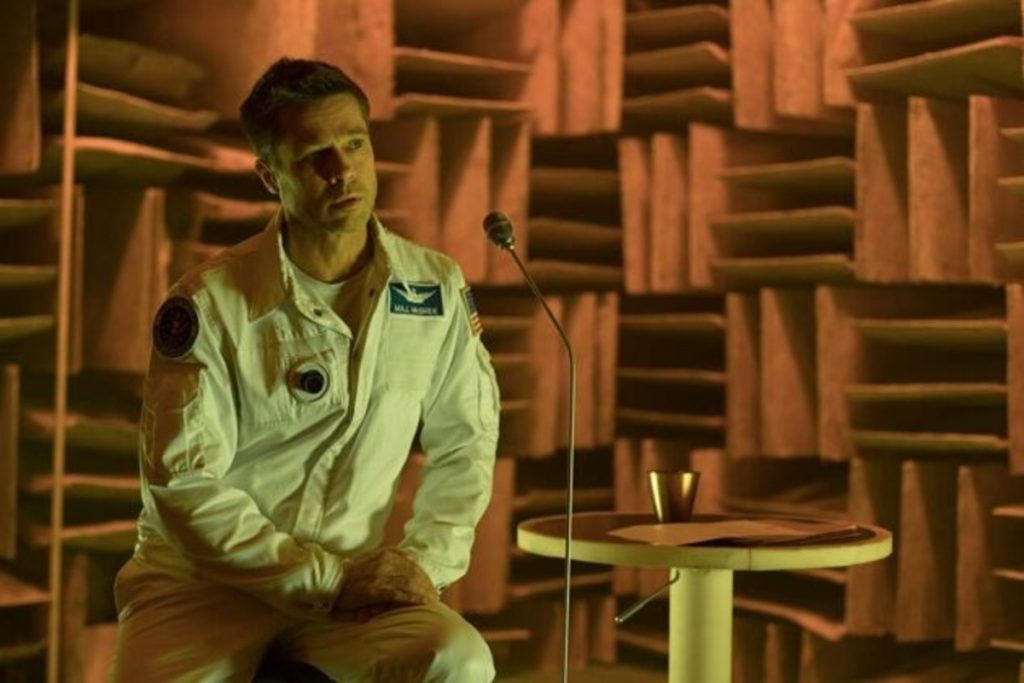
Big Odyssey
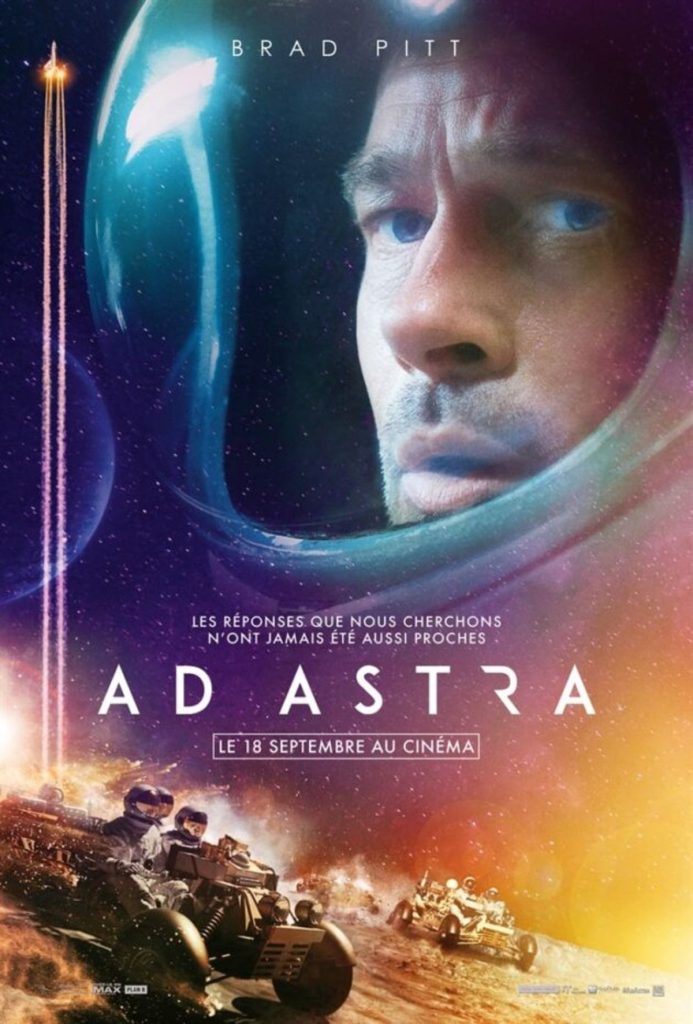
If there’s one critique of Ad Astra, it’s that its editing can muddy the storytelling, especially early on. Yet Gray’s directorial vision remains inspired, and the film’s visual grandeur is undeniable. Cinematographer Hoyte van Hoytema (fresh from Interstellar) fills every frame with awe—from a Luna transformed into a shopping mall, to war-torn regions on Earth, to Mars in the throes of terraforming. Production designer Kevin Thompson shapes these worlds into a cohesive, lived-in cosmos. And with a budget north of $90 million, the special effects soar: who could forget the hypnotic glow of Neptune’s bluish rings? Like the film itself, they draw you in, promising an endless quest for something just beyond reach.



